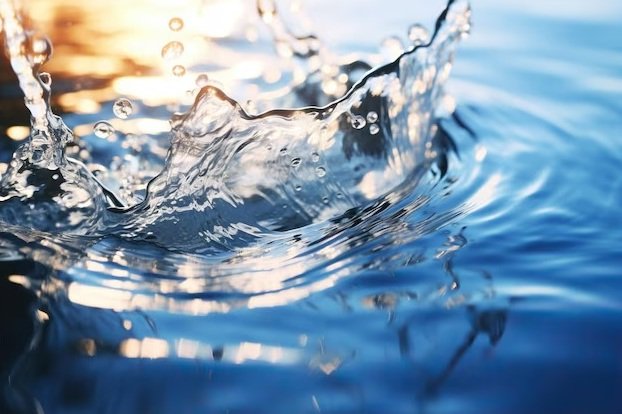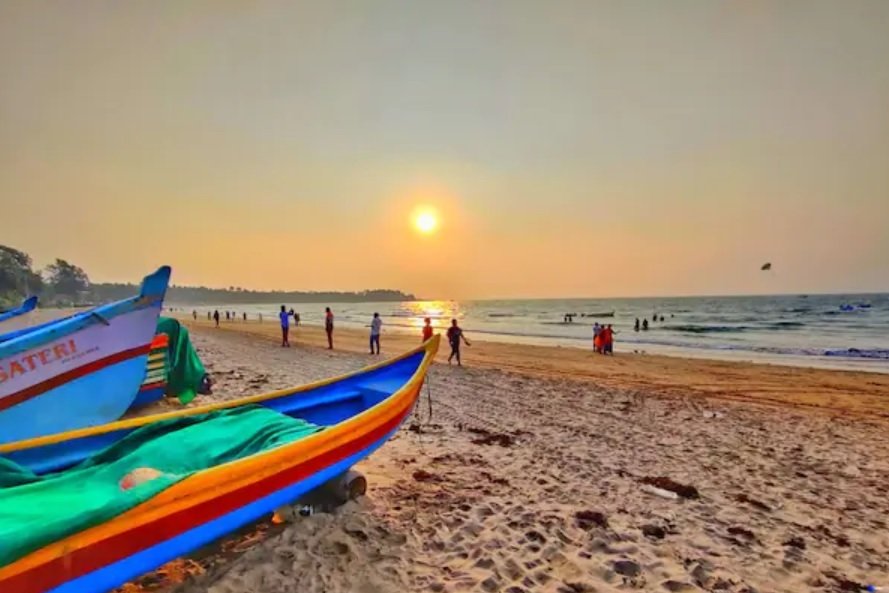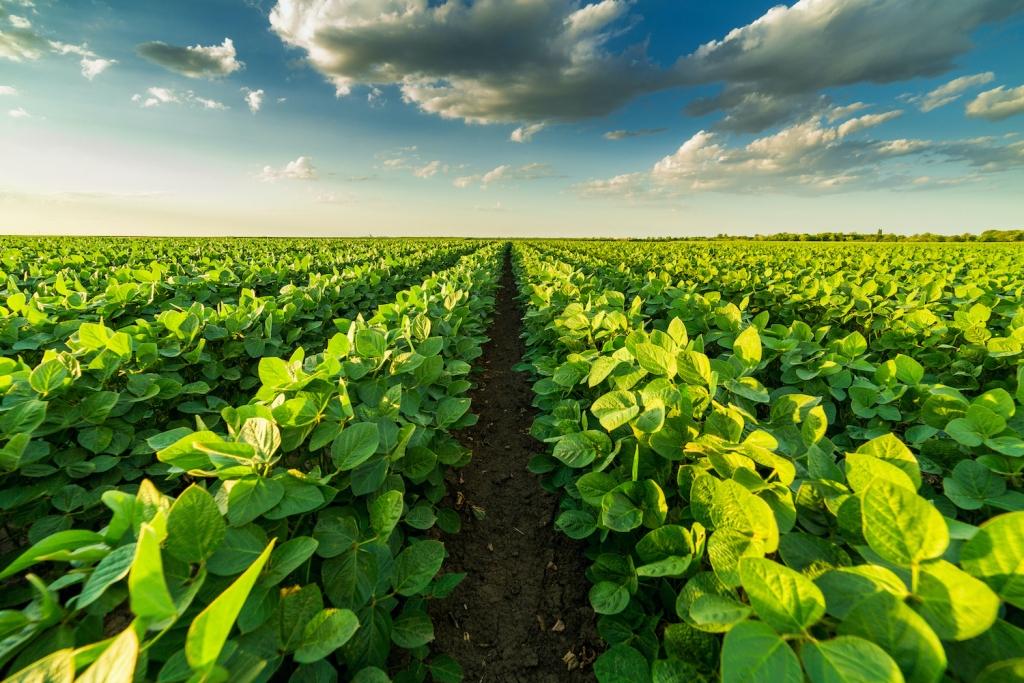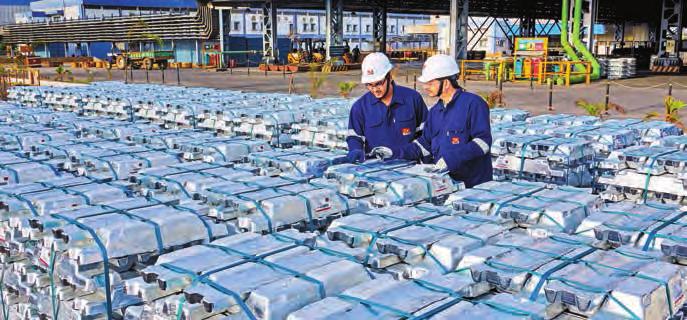Water, the essence of life, is one of the most precious natural resources on Earth. It is indispensable for the survival of all living beings. While 97% of the Earth's water is in oceans, only 3% is fresh water, and two-thirds of this is locked in ice. The remaining unfrozen fresh water is primarily found as groundwater, with a minimal amount present in rivers, lakes, and the atmosphere. India, a country with an agrarian backbone, has seen a significant rise in water usage across sectors. Sustainable water management is crucial to meet the growing demands and protect this invaluable resource for the future.
In agriculture, irrigation plays a pivotal role, often more so than seeds and fertilizers. Without proper irrigation, the full potential of these inputs cannot be realized. However, the ever-increasing demand for water across various sectors has placed enormous stress on this finite resource. The distribution of water in India also varies widely; for example, the Ganga-Meghna-Brahmaputra basin accounts for 60% of the country's water resources but only covers 33% of its land area. Meanwhile, the western river basins have just 11% of water resources, spread over 3% of the land. This imbalance underscores the urgent need for efficient water conservation.
India's Legacy of Water Conservation
Historically, Indians have relied on traditional water harvesting methods, emphasizing the importance of protecting forests as natural water catchments. Since the inception of Five-Year Plans (FYPs), India has made strides in water resource development. Large and minor storage structures, supported by national watershed programs and external aid from organizations like the World Bank, have significantly contributed to water conservation. These efforts have boosted agricultural productivity without further straining fresh water resources.
Government Initiatives in Water Conservation
India's government, in collaboration with state governments, has implemented various schemes and programs to manage water resources sustainably. Transparency, equity, and sustainability are the cornerstones of these initiatives. Some notable efforts include:
- Mission Amrit Sarovar (2022): Aiming to develop 75 water bodies in each district.
- Jal Shakti Abhiyan: Catch the Rain (2023): Focusing on rainwater harvesting, water conservation, and awareness campaigns.
- National Groundwater Management Improvement Scheme: Promoting efficient water use and groundwater recharge.
Conversations on Water Conservation:
Ramveer Tanvar: https://www.youtube.com/watch?v=C05-2_zktBc
Art of Living Social Projects: https://www.youtube.com/watch?v=WHtQBfLexfo&t=12s
World Water Day: https://www.youtube.com/watch?v=SdRI4KGY10A&t=134s
Recent Trends in Water Conservation
India has made progress in water conservation, as evident from:
- A 15 billion cubic meter (BCM) increase in annual groundwater recharge (2024 compared to 2017).
- A reduction in groundwater extraction by 3 BCM (2024 compared to 2017).
- Adoption of water-smart agricultural practices like the Sahi Fasal Campaign and Pradhan Mantri Krishi Sinchayee Yojana.
Methods of Water Conservation in India
1. Rainwater Harvesting: Rainwater harvesting involves collecting and storing rainwater for future use. Popular methods include rooftop harvesting, check dams, and recharge pits. These systems replenish groundwater levels and provide water for domestic, agricultural, and industrial needs.
2. Watershed Management: Community-based watershed development projects conserve and restore ecological balance. These efforts prevent soil erosion, recharge aquifers, and improve water availability in rural areas.
3. Efficient Irrigation Techniques: Agriculture consumes the largest share of India’s water. Modern irrigation methods like drip and sprinkler systems optimize water use, delivering it directly to plant roots and minimizing evaporation losses.
4. Water Recycling and Reuse: Treating wastewater for non-potable purposes, such as irrigation and industrial processes, reduces the burden on freshwater resources. Cities are increasingly deploying wastewater treatment plants, decentralized systems, and constructed wetlands to achieve this.
5. Afforestation and Soil Conservation: Forests regulate the water cycle, reduce soil erosion, and aid groundwater recharge. Initiatives like the National Afforestation Programme (NAP) and MGNREGA promote reforestation and soil conservation to preserve watersheds.
6. Policy and Awareness: Policies such as the National Water Policy and programs like Swachh Bharat Mission foster sustainable water management. Public awareness campaigns and community mobilization play a crucial role in encouraging conservation practices.
Challenges and Solutions
Despite progress, challenges persist. Groundwater contamination affects nearly 4.9 million people in India. Additionally, 311 river stretches were reported as polluted in 2022. The government must continue addressing these issues through:
- Adoption of efficient management practices like drought-tolerant crops, drip irrigation, and mulching techniques.
- Artificial groundwater recharge in rural and urban areas.
- Evaluation and refinement of watershed projects to maximize positive impacts.
- Incentivizing farmers to adopt conservation practices and discouraging water wastage.
- Encouraging research and development on global climate change impacts.
Related Stories:
TVS Srinivasan Trust: https://www.youtube.com/watch?v=ALpRDgETjxw&t=15s
Water For People: https://www.youtube.com/watch?v=u22ZzfT_8-A
WOTR: https://www.youtube.com/watch?v=hQA4H-WVbPI
Role of NGOs and Community Efforts
NGOs like Bhumi, Tarun Bharat Sangh, Art of Living Social Projects, Jal Bhagirathi, WOTR etc. are working tirelessly to rejuvenate lakes and restore water bodies. Community participation is vital, as seen in watershed development projects and localized water harvesting systems. Together, these efforts can build a sustainable future.
Conclusion
India’s water resources are under immense pressure due to over-exploitation and pollution. The government’s programs, supported by external aid, have created significant infrastructure for water conservation and improved agricultural irrigation. However, continued efforts are needed to combat climate change, raise consumer awareness, and promote community involvement in conservation. A new water policy should outline the roles of individuals, communities, and governments in safeguarding this precious resource. By valuing every drop, India can ensure water security for generations to come.















.jpg)




